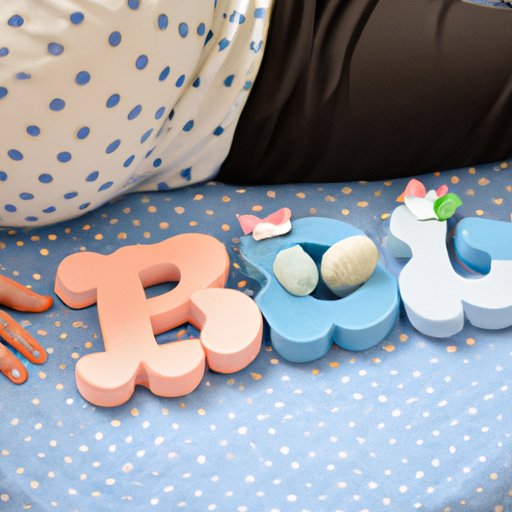
I. Introduction
Feeling your baby move during pregnancy is an exciting milestone for expectant moms. Not only does it provide a sense of connection with your growing baby, but it can also serve as an important indicator of your baby’s health. In this article, we’ll explore when you can expect to feel your baby move, how fetal movement changes over time, and what expecting moms should know about monitoring their baby’s movements during pregnancy.
II. The Magical Moments: When to Expect Your Baby’s First Movements
For most women, the first movements of their baby, or quickening, occurs between 16 and 22 weeks of pregnancy. However, some women may feel their baby move earlier or later than this timeframe. Factors such as the position of the placenta and the mother’s body type can affect when fetal movement is first felt. First-time moms may be unsure what to expect, but some describe the sensation as a fluttering or bubbling feeling in their stomach.
III. From Flutters to Kicks: A Timeline for Feeling Your Baby Move
As your baby grows and develops, their movements will become more powerful and noticeable. Early on, you may feel occasional flutters or “butterflies” in your stomach. Later on, kicks, jabs, and rolls may become more frequent and intense. Generally, women should feel at least 10 movements in a two-hour period once their baby is more active. It’s essential to track your baby’s movements and report any changes to your healthcare provider, as a decrease in movements may indicate a problem.
IV. Connecting with Your Little One: Understanding Fetal Movement Patterns
Getting to know your baby’s movement patterns can help you bond with your unborn child. You may notice that your baby has certain times of day when they’re particularly active. Additionally, specific movements, such as hiccups or rolling motions, can indicate your baby’s well-being. Strategies such as playing music and resting on your left side can help encourage your baby to move and can provide comfort for active or restless babies.
V. What Expecting Moms Should Know: Feeling Your Baby Move in the Womb
Despite common misconceptions, babies do not stop moving near the end of pregnancy. In fact, movement is just as critical in the final weeks as it is earlier in pregnancy. The American College of Obstetricians and Gynecologists recommend paying attention to your baby’s movements and performing kick counts during the third trimester. If you notice a decrease in your baby’s movements, seek medical attention immediately.
VI. The First Signs of Life: A Guide to Recognizing Baby’s Early Movements
Identifying the first movements of your baby may take some time and patience, but it’s a special milestone worth celebrating. Moms may start to feel small sensations in their stomach, such as a mild flutter or twitch. This feeling may be easy to mistake for gas or indigestion at first, but keep an eye out for more regular patterns of movement. Some mothers may also notice an increase in movement following a meal or when laying down to sleep.
VII. Conclusion
Feeling your baby move during pregnancy is an amazing experience that can help you connect with your little one. By understanding when to expect your baby’s movements, how fetal movement changes over time, and what types of movements to watch for, you can help ensure a healthy pregnancy. Remember to track your baby’s movements, reach out to your healthcare provider if you have any concerns, and take time to appreciate each new milestone in your baby’s development.





